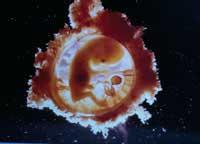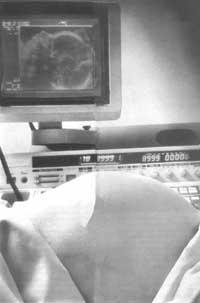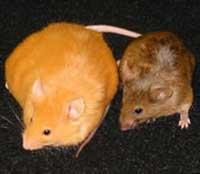The placenta influences the weight of newborns
2002/06/27 Atxotegi Alegria, Uhaina - Elhuyar Zientziaren Komunikazioa
Mothers also have to do with low-weight newborns. If you eat a lot during pregnancy, eat poorly and drink a lot of alcoholic beverages, increase the risk of creating a weak, thin child.

In order to address this problem, Professor Gordon Smith of the University of Cambridge (Great Britain) and his collaborators analyze 4,000 pregnant mothers. For them, the placenta's PAPP-A molecule has a lot to do with the deficiencies of this type of children. Although this molecule can only be studied during the first 12 weeks of gestation, they have highlighted that it can help predict some problems.
Following the same problem, geneticist Miguel Constancia, of the Babraham Institute of the same locality, and his co-workers, have carried out another research with the mouse on the IGF2 gene present in the square and in the fetus. The part of this gene that reaches the placenta is smaller than the rest of the genes and is of great importance in the case of newborn children, since it takes care of the child's feeding system. To date, all studies have been carried out with mice, but from now on it is planned to begin the study of pregnant mothers.

Gai honi buruzko eduki gehiago
Elhuyarrek garatutako teknologia






